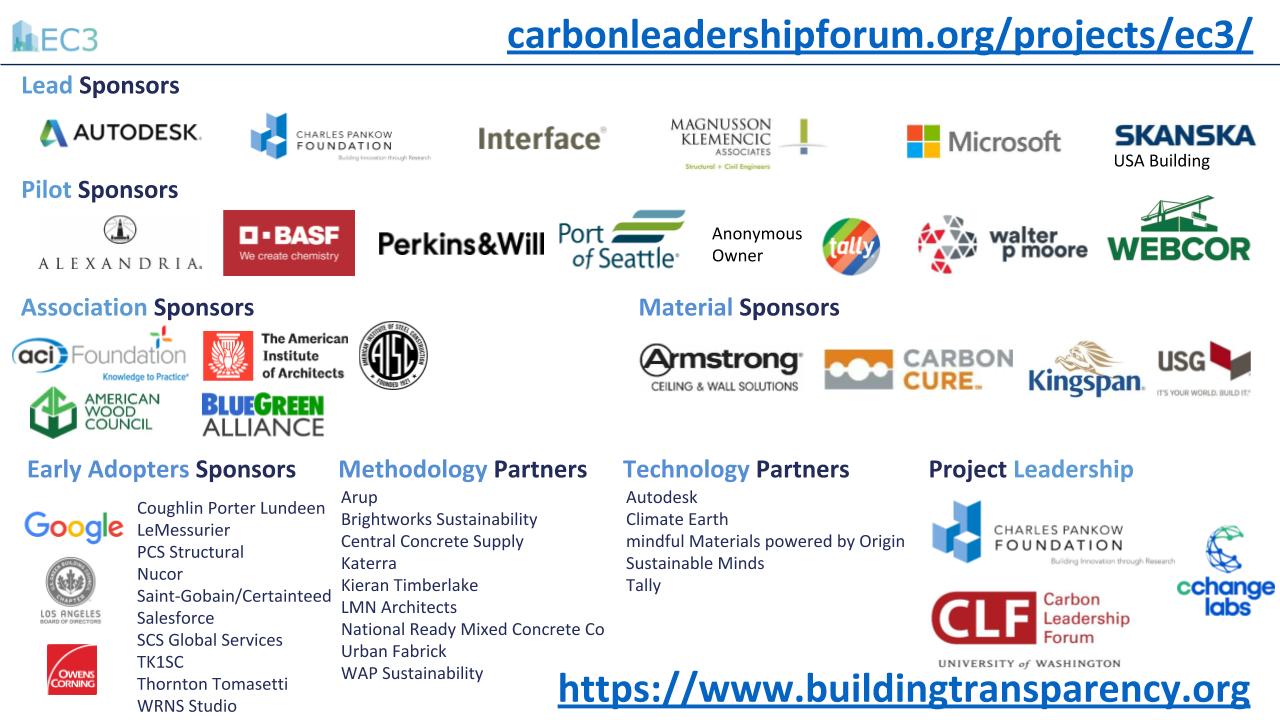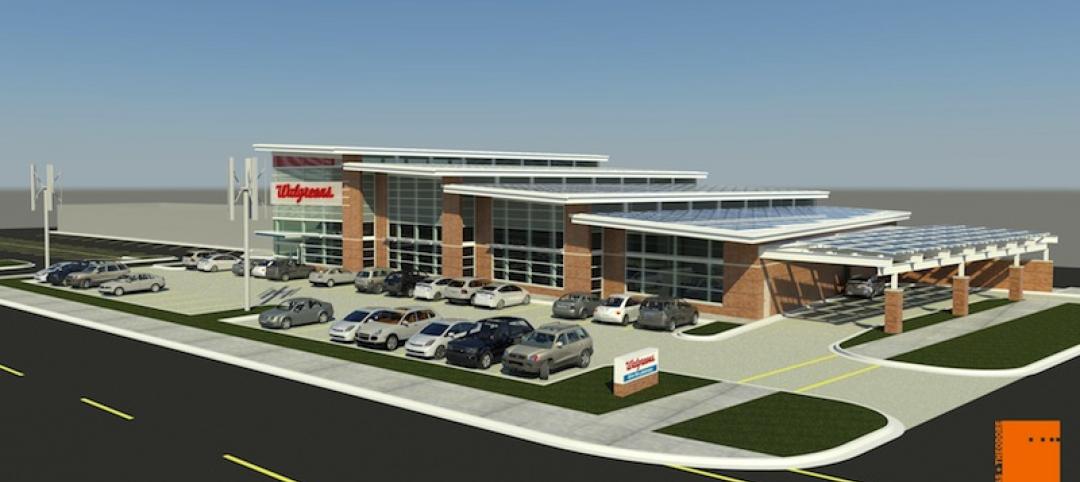Fifty years ago, we were a divided country, but we also went to the moon by agreeing to work together on a common goal. That challenge required stepping out of our competitive silo’s and focusing on something that couldn’t be solved by any one entity alone. It also involved starting down a path before we had all of the answers in order to meet the goals. We did, however, know a direction we wanted to go in and we had a collective motivation to act.
What is our next moon shot? When looking at the “win at all cost” mentalities of our current politics, it is no doubt discouraging to people on all sides. We do, however, face daunting challenges today, and we could use more collective efforts where we chose to work together for a common cause. One of these next moonshot challenges is how we, members of the building community, respond to climate change.
Time is not our friend on this one. If we are to have success, we need to quickly move out of our individual silos and engage the collective of the building community: owners, architects, engineers, contractors, and material suppliers. If we can find common causes where we can work together, we can set forth thoughtful ideas, and scale their speed of adoption.
A recent example of how this can happen in the AEC industry is the development of the Embodied Carbon in Construction Calculator (EC3). Nearly 50 industry partners came together to develop and deploy this groundbreaking cloud-based tool. It is free and open access. It helps building teams evaluate a project’s overall embodied carbon emissions during design and procurement decision making, making it easier to compare like materials, and enabling the specification and procurement of the lower carbon material options.
The tool and its subsequent impact on the industry is driving a growing demand for lower-carbon building solutions and incentivizing manufacturers and suppliers to invest in disclosure, transparency, and material innovations that reduce the carbon emissions of their products. (To understand how to integrate EC3 into a project’s workflow, check out the EC3 AEC industry primer.)
There are many partners that have helped bring the EC3 tool into existence, including Skanska and C Change Lab’s origin of the idea. For our part, the MKA Foundation as the lead funder to date, in coordination with the Charles Pankow Foundation, as both a funder and the collective grant manager, supported the Carbon Leadership Forum for the tool’s development.
Embodied Carbon in Construction Calculator (EC3) Partners

CLICK HERE TO ENLARGE
One key to this effort’s success was the approach advocated by the Charles Pankow Foundation and the Carbon Leadership Forum, encouraging a culture focused on collective impact and collaborative actions--where self interests routinely are set aside so diverse groups of leaders can engage, challenge conventional wisdom, and reshape the conversation.
This approach led to peers and competitors alike being able to engage in a common space, including for the structural community, the American Institute of Steel Construction (AISC), the American Concrete Institute (ACI), and the American Wood Council (AWC), each providing funding and technical input. Getting these three main material-focused organizations to agree to work on a common effort that was bigger than any one of them has been a major collective action accomplishment.
The model deployed by this project raises the bar for how the design and construction industries can come together to work on collective initiatives that are in all our interest. Through collective action, it is already paving a way to address the carbon reduction goals for our industry.
We hope that this project will inspire our industry to do more of the same. If you have an idea worthy of a collective action initiative, we invite you to engage this same model and seek out partners that are willing to invest and engage with you to bring your idea forward. When we choose to work together, many things are possible. Even ideas as ludicrous as going to the moon.
Related Stories
| Mar 14, 2013
25 cities with the most Energy Star certified buildings
Los Angeles, Washington, D.C., and Chicago top EPA's list of the U.S. cities with the greatest number of Energy Star certified buildings in 2012.
| Mar 10, 2013
Walgreens to build first net-zero energy retail store
Walgreens announced plans last week to build one of the nation's first net-zero retail stores. The Evanston, Ill., location will utilize solar panels, wind turbines, geothermal technology, LED lighting and ultra-high-efficiency refrigeration to produce energy equal to or greater than the building consumes.
| Feb 25, 2013
HOK sustainability expert Mary Ann Lazarus tapped by AIA for strategy consulting position
Mary Ann Lazarus, FAIA, LEED® AP BD+C, has accepted a two-year consulting position with the American Institute of Architects in Washington, DC. Her new position, which begins March 1, will focus on increasing the AIA's impact on sustainability across the profession. The St. Louis-based architect will continue consulting at HOK.
| Feb 20, 2013
CoreNet Global to real estate execs: 'Move forward on net-zero'
CoreNet Global, a major international association for corporate real estate and workplace executives, has released a public policy statement advocating adoption of net-zero energy buildings.
| Feb 13, 2013
Fast Company selects 'most innovative' architecture firms
Business innovation magazine Fast Company has released a list of 10 "most innovative" architectural practices, worldwide.
| Jan 23, 2013
USGBC Releases 2012 List of Top 10 States for LEED
The per-capita list is based on 2010 U.S. Census data and includes commercial and institutional buildings certified under LEED.
| Jan 7, 2013
Jerry Yudelson's issues his "Top 10 Green Building Megatrends" for 2013
Yudelson, a Contributing Editor to Building Design+Construction, says, “It looks like a good year ahead for the green building industry. Based on our experience, it seems clear that green building will continue its rapid expansion globally in 2013 in spite of the ongoing economic slowdown in most countries of Europe and North America. More people are building green each year, with 50,000 LEED projects underway by the latest counts; there is nothing on the horizon that will stop this Mega-trend or its constituent elements.”
| Oct 25, 2012
City Design Leader Enquist honored for conservation leadership
Openlands, a Chicago-based metropolitan conservation organization, presented its 2012 Conservation Leadership Award to Philip Enquist, FAIA, Partner in Charge of Skidmore Owings & Merrill LLP’s global City Design Practice.















